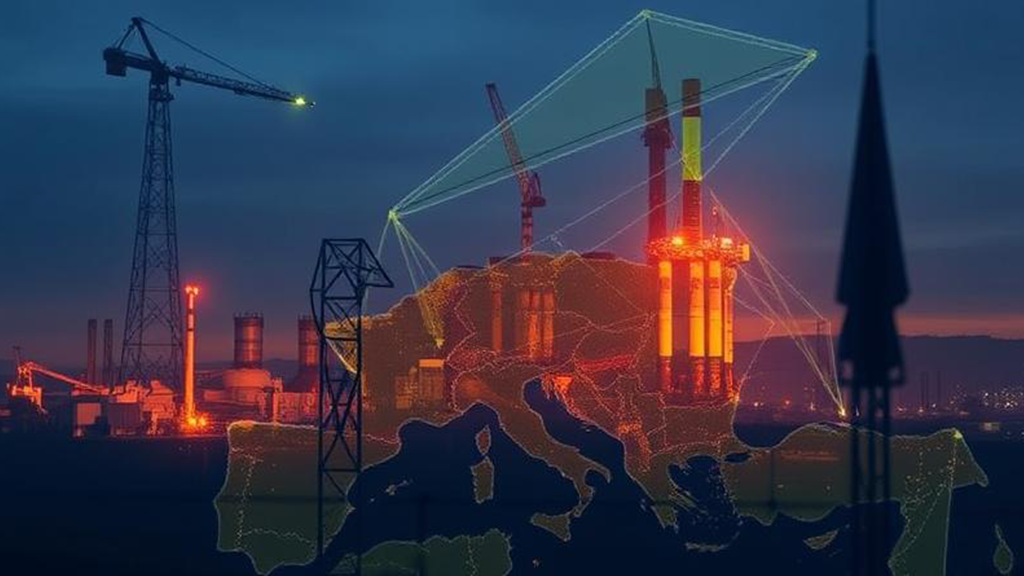

The European Union has formally approved the enforcement of the Carbon Border Adjustment Mechanism (CBAM), which introduces a tariff on imported goods based on their embedded carbon emissions. The regulation aims to align external trade flows with the bloc’s internal climate obligations under the EU Emissions Trading System (ETS).
Starting in 2026, companies importing into the EU must purchase CBAM certificates corresponding to the carbon price that would have been paid if the goods had been produced under the EU’s emissions regime. The mechanism initially targets high-carbon sectors, including cement, steel, aluminum, fertilizers, electricity, and hydrogen.
A transitional phase, running through 2025, mandates reporting of emissions without financial penalties. During this period, the EU will collect data on embedded emissions to finalize enforcement parameters. The complete pricing mechanism will become mandatory in 2026, with compliance expected from both importers and non-EU producers.
The objective is to prevent carbon leakage, where production shifts to countries with looser environmental standards, and to incentivize global industry to adopt cleaner practices. EU lawmakers argue that the CBAM ensures fairness between domestic producers facing ETS costs and foreign firms that are currently exempt.
The policy has drawn opposition from major trade partners, including China, India, and Brazil, who argue that the measure could constitute a disguised restriction on international commerce. Some have warned of possible challenges at the World Trade Organization. The EU insists CBAM is non-discriminatory and environmentally justified, framing it as a climate policy rather than a trade barrier.
Revenues from CBAM will feed into the EU budget and may help finance the Social Climate Fund, designed to support vulnerable households and small businesses in the green transition. Member states must also coordinate customs and tax enforcement systems for CBAM certificate management.
CBAM marks a shift in global trade architecture by tying carbon pricing directly to market access. This will place new compliance burdens on exporters while reinforcing the EU’s role in climate governance through trade policy. Following the system’s initial rollout, additional product categories are expected to be considered for inclusion.








© THE CEO PUBLICATION 2021 | All rights reserved. Terms and condition | Privacy and Policy